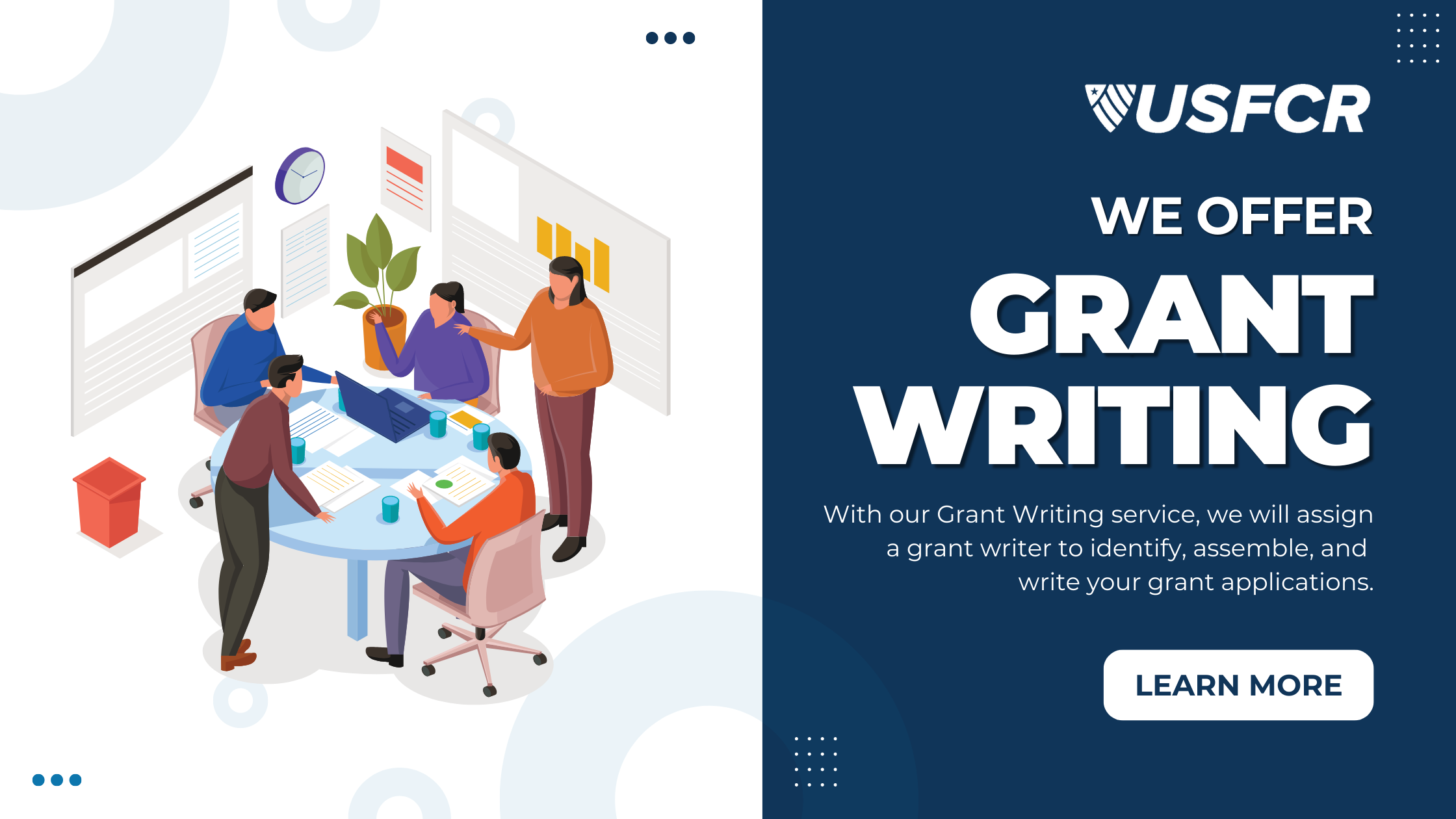
Wildfires pose a growing threat across the United States, with more than 8 million acres burned so far this year.1 These disasters not only devastate natural ecosystems but also place thousands of communities at risk, creating an urgent need for proactive planning and mitigation strategies to protect lives and property.
To address this growing crisis, the U.S. Department of Agriculture’s Forest Service is accepting applications for the Community Wildfire Defense Grant (CWDG) program to assist at-risk communities with planning for and mitigating wildfire risks. Notices of Funding Opportunities (NOFOs) have been published for the West, South, Northeast-Midwest, and Tribes.
What Defines an At-Risk Community?
To qualify, applicants must demonstrate that their proposed project benefits an at-risk community, which can be based on one of two criteria:
- Wildland-Urban Interface (WUI) Communities: A WUI community is characterized by structures that directly abut wildland fuels, with a clear boundary between developed areas and wildland. Typically, these communities have a development density of three or more structures per acre or a population density of 250 or more people per square mile.
- Wildfire Risk from Infrastructure and Fuels: This category includes groups of homes and structures equipped with basic infrastructure that are recognized as a risk in state, regional, or national wildfire risk assessments. These communities are typically surrounded by herbaceous or woody fuel conditions conducive to wildland fire disturbances.
Eligible Applicant
- Units of local government
- Indian Tribes
- Non-profit organizations including homeowner associations
- State forestry agencies
- Alaska Native Corporations
- Public and State controlled institutions of higher education
Eligible Project Locations
Projects must be conducted in eligible areas according to the applicable NOFO.
- West: Alaska, Arizona, California, Colorado, Hawaii, Idaho, Kansas, Montana, Nebraska, Nevada, New Mexico, North Dakota, Oregon, South Dakota, Utah, Washington, Wyoming, and Pacific territories including American Samoa, Guam, the Northern Mariana Islands, Palau, the Marshall Islands, and Micronesia.
- South: Alabama, Arkansas, Florida, Georgia, Kentucky, Louisiana, Mississippi, North Carolina, Oklahoma, South Carolina, Tennessee, Texas, Virginia, Puerto Rico, and the U.S. Virgin Islands.
- Northeast-Midwest: Connecticut, Delaware, Illinois, Indiana, Iowa, Maine, Maryland, Massachusetts, Michigan, Minnesota, Missouri, New Hampshire, New Jersey, New York, Ohio, Pennsylvania, Rhode Island, Vermont, West Virginia, and Wisconsin.
- Tribes: Eligible projects must take place on Tribal Trust lands or other tribal-owned lands. Tribes may also apply under regional NOFOs if projects extend beyond tribal lands.
Project Proposal Types
The CWDG program supports four types of projects, each with specific match requirements. All projects must be completed within five (5) years.
- CWPP Development or Revision: This project type involves developing or updating a Community Wildfire Protection Plan (CWPP). Plans should address wildfire response, hazard mitigation, community preparedness, structure protection, or a combination of these issues. Applicants may also use a FEMA-approved hazard mitigation plan or a Tribal hazard mitigation plan with a wildfire component if it meets CWPP objectives.
- Funding Amount: Up to $250,000
- Match Requirement: 10%
- Planning: Local and Tribal governments are encouraged to conduct planning and exercises to prepare for wildfires and improve adaptation efforts, zoning, building codes, and land use planning.
- Funding Amount: Up to $10 million
- Match Requirement: 25%
- Wildfire Prevention and Mitigation Education/Outreach: Educational programs should raise awareness of wildfire causes, risks, and mitigation actions.
- Funding Amount: Up to $10 million
- Match Requirement: 25%
- Reduce Hazardous Fuels/Restore Fire-Adapted Ecosystems: These projects aim to mitigate wildfire hazards through fuel reduction treatments, including creating defensible spaces, thinning, pruning, and applying prescribed burns.
- Funding Amount: Up to $10 million
- Match Requirement: 25%
The Forest Service may waive the cost-matching requirement for projects that support underserved communities.
Applications must be submitted by February 28, 2025.
Let USFCR Help You Apply
Interested in applying? USFCR’s Grant Writing Team can help you develop a strong, competitive application to ensure your proposal stands out. To learn more, please contact us at (877) 252-2700 or complete the grant assessment below.
More Hot Grants
EPA Allocates $20 Million To Improve the Gulf of Mexico Watershed
Related Articles
How Contractors Can Leverage the VIPR Program for California Wildfire Recovery
Emergency Readiness with VIPR: Equipment and Worker Support
Sources
1 National Interagency Coordination Center. Incident Management Situation Report. 2024 Nov 29; Available from: https://www.nifc.gov/sites/default/files/NICC/1-Incident%20Information/IMSR/Understanding%20the%20IMSR%202024.pdf.



